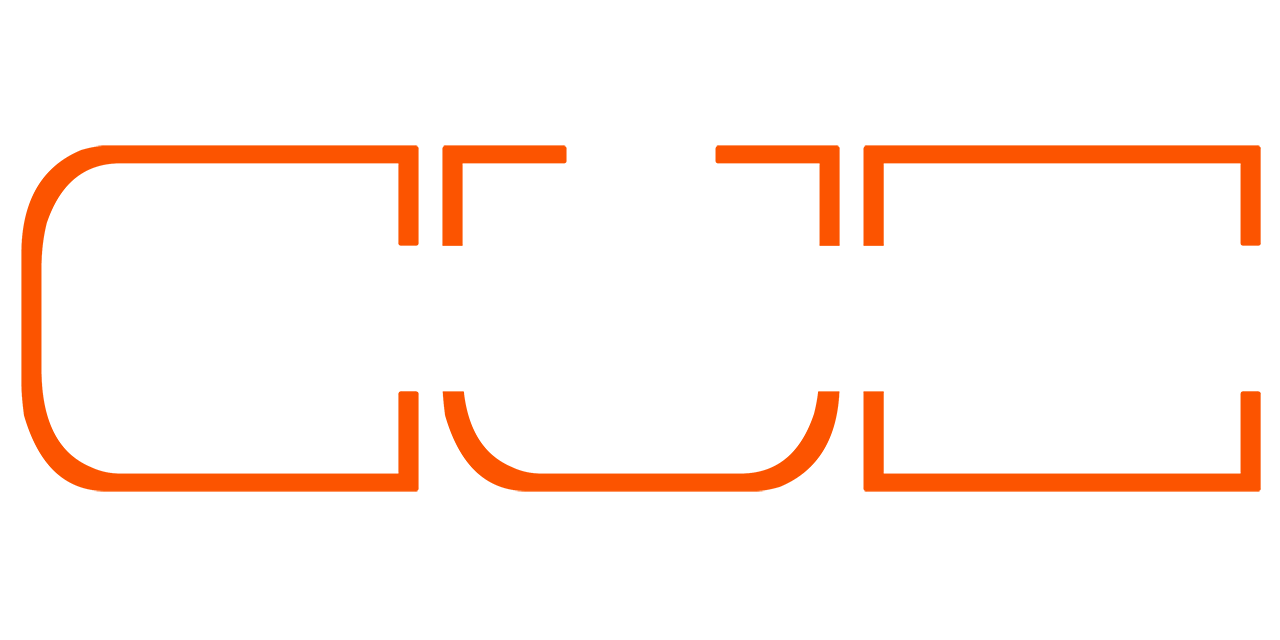The history of 3D printing
From stereolithography at production additive: the press for the production of objects.
3D printing is also called additive manufacturing; it consists in a set of techniques for the production of objects with which the production takes place by aggregating material layer after layer. These technological processes are not yet mature, just think of all the new techniques that are born each year and improvements of existing techniques. For this reason are defined disruptive technologies.
The first patent dates back to 1984 and is in the name of Chuck Hull, the inventor of stereolithography. This technique provides for the sintering of a photo-polymer by means of a laser. Chuck Hull also formed the 3D System, one of the first companies oriented to these technologies and who is still active in the market. Hull also developed the .stl file format for CAD software since each machine needs of the project as input to work.
Stereolithography, however, is limited by the material that can work because it is essentially plastic, so the industrial use of the objects produced with this technique could not go further that the production of functional prototypes or models used to create the molds. In fact everything might seem simplistic but still procures advantages in the industrial world, in fact, the additive manufacturing reduces the time of realization of objects because there is no need to prepare supporting equipment and allows you to build forms with complex geometries.
However, over the years techniques have been developed with which it is able to work materials such as metals, namely selective laser melting, electron beam melting and multi jet printing. These latter techniques allow the creation of small batches of small objects.
In the history of 3D printing is important to mention the technique fused deposition modeling because it is based on many printers intended for a mass audience that is not so much an expert on production systems and CAD software. Also, due to the expiry of the patent that protected the property of fused deposition modeling has witnessed the spread of open source projects of these printers, particularly worth mentioning RepRap, MakerBot (which actually is currently owned by Stratasys, a another giant of the industry) and Fab@Home.
In this period, these technologies are becoming increasingly important and this can be seen looking towards the bulk of investments in research of the leading countries (USA and China in particular) and also observing the proliferation of open source projects that relate to these technologies. To understand how 3D printing will affect our lives we have to wait the future developments of these newer technologies.
Edited by Salvatore Orlando, BEng Management Engineering. header imagine credits: tribeyeo.files.wordpress.com Close-up Engineering – ©allrightreserved
STEREOLITHOGRAPHY SELECTIVE LASER MELTING FUSED DEPOSITION MODELING INK-JET PRINTING and MULTI-JET PRINTING
